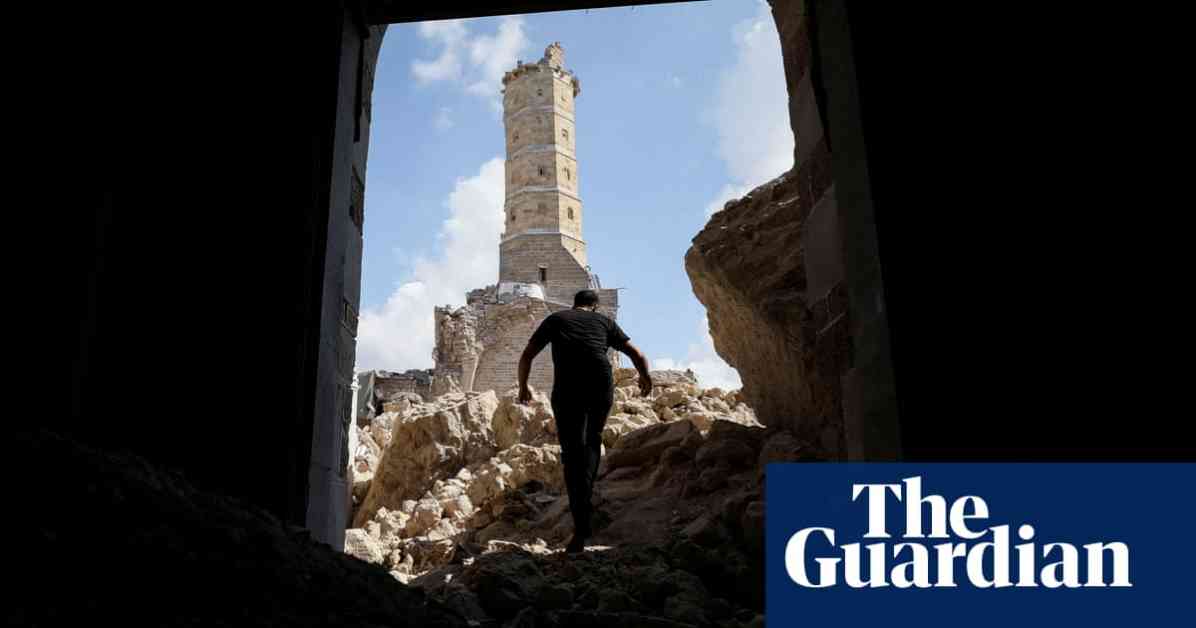Israel’s recent airstrikes and troop reinforcements in Gaza have shattered hopes among many residents that the killing of Hamas leader Yahya Sinwar would end the conflict. Sinwar, 62, was killed by tank fire in Rafah, leading to renewed violence and at least 62 deaths since Thursday.
The clashes have been particularly intense in Jabalia, Gaza’s largest refugee camp, where thousands of civilians are trapped. Despite Sinwar’s death, the war shows no signs of abating, leaving residents like Jemaa Abou Mendi disillusioned. Mustafa al-Zaeem echoes this sentiment, calling for an end to the fighting.
The images of Sinwar’s final moments released by the Israeli military have sparked mixed reactions in Gaza. While some view his death as heroic, others question the wisdom of starting a conflict that has caused immense suffering. The toll on civilians has been staggering, with over 42,500 deaths and almost 100,000 injuries reported.
The ongoing blockade in northern Gaza has exacerbated the humanitarian crisis, with road closures preventing aid deliveries. The situation is dire, with hospitals overwhelmed and facing shortages of fuel, medical supplies, and food. Despite Israeli efforts to send aid, many remain in desperate need.
As winter approaches, concerns about hunger and safety grow. A UN survey predicts that 345,000 people in Gaza could face “catastrophic” levels of hunger. The lack of income, rising prices, and scarcity of resources make life unbearable for many residents like Haniyeh Ashour.
The cycle of violence and suffering in Gaza shows no signs of abating, leaving civilians caught in the crossfire. As calls for peace and humanitarian aid intensify, the urgent need for a lasting solution to end the conflict becomes increasingly apparent.












